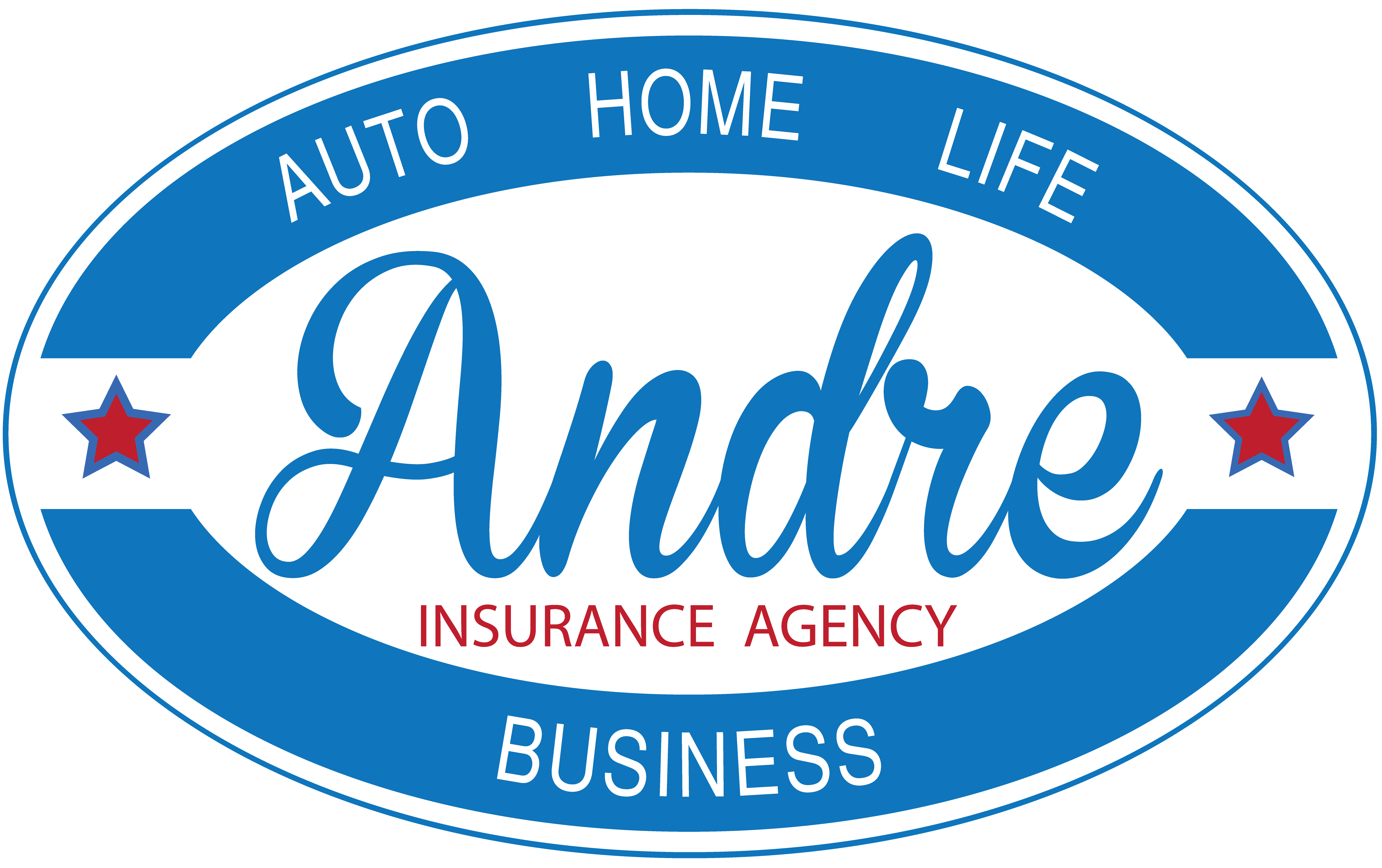
“Oh my goodness, you have so many things!” exclaimed the person who first stepped foot in my dorm room.
Actually, it wasn’t just one person. Anyone who peeked their head in my room had the same comment: “You have so much stuff!”
I liked to think it was a compliment. Yes, I had lots of things. But they were cute things that I arranged nicely in an extremely tiny room.
Part of the issue with having so many books, decorations, lamps and any other college necessities is space. Extension cords became my savior. This past year, I had a piece of furniture covering every single outlet my teeny tiny room offered–and an extension cord peeking out of every end. I relied heavily on these magnificent creations, as did all of my friends. Extension cord safety was far from my mind.
So you can imagine my devastation when I was told that the one amazing contraption that made my dorm living so much simpler could actually be dangerous. What do you mean the Electrical Safety Foundation International says they’re responsible for 4,000 injuries and 3,300 home fires every year? You must be mistaken. Not my precious extension cords!
After some research (and a few days of denial), I must admit that extension cords pose many risks when used improperly. And I was guilty of not using them properly.
Chances are you aren’t either. So what can you do? Here are some extension cord safety tips to keep your dorm room–or wherever you call home–safe.
- Don’t use them for long periods of time. Extension cords are intended for temporary use only. If a cord is being used on a more permanent basis, you should look into adding some extra outlets to your rooms if possible. In addition, be sure to unplug a cord when it’s not in use.
- Get an approved cord. When purchasing an extension cord, check that is properly certified by a nationally recognized laboratory. Some of these include Underwriters Laboratories (UL), ETL-SEMKO (ETL) and Canadian Standards Association (CSA) manlig-halsa.se
- Be careful where you put them. Don’t snake cords under a heavy object that may damage them. Also, don’t keep extension cords hidden under rugs or carpets or run them through a wall, ceiling or doorway. Not only can this pose a tripping hazard, but it can also pose a fire risk. That’s because heat from the cord is not able to escape, which could cause a flame to spark.
- Be aware of how you use cords. Do not plug extension cords into other extension cords. They were not intended to be used this way. By doing this, you are creating a very real fire risk. Also be wary of how many appliances you plug into the extension cord. Just because there are five outlets doesn’t mean they should all be used at once. By doing this, you could overload the outlet, which could be extremely dangerous.
- Inspect cords for damage before use. If a cord is damaged in any way, do not use it. Damaged cords are extreme fire hazards. If a cord is damaged, do not attempt to repair it yourself. This type of work should only be done by a professional—anything else can be extremely hazardous.
Dorm living may get a little bit more difficult without all my extension cords. But when looking at the risks associated with using extension cords the wrong way, it’s just not worth it. Next order of business: talking to my school about adding some more outlets to the rooms!
